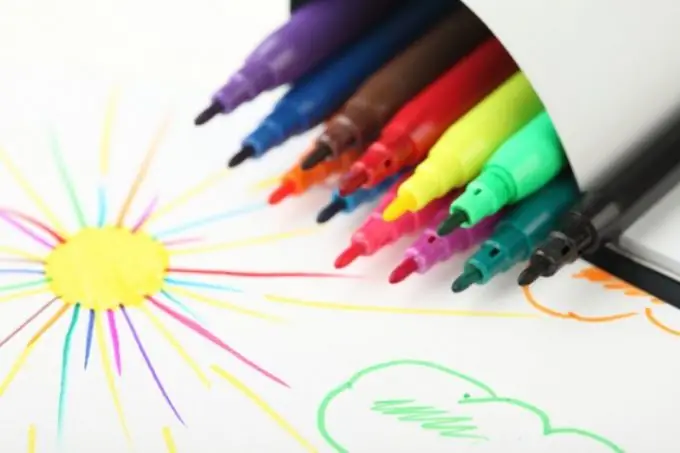The concept of "living drawing" is often defined by the viewer intuitively, at the level of emotional perception: he simply sees that something is wrong in the image. The artist needs to analyze his work in more detail and rationally. It is necessary to highlight the main parameters of the drawing, the elaboration of which makes the drawing alive.

Instructions
Step 1
The main feature of a realistic drawing is its apparent volume. Indeed, even with the similarity of external features, the object will not look alive if it is flat. In graphic and painting works, the effect of the subject is conveyed in different ways. If you are drawing with pencils, pay attention to the shading. Apply strokes to match the shape of the subject. Where it is straight, make straight parallel lines; in rounded areas, the stroke should take the shape of an arc. Having shaded two adjacent areas of different shapes, it is necessary to combine them with a layer of new lines so that the object looks solid. Draw lines at an angle of 30-45 degrees to the previous layers. Also, strokes at an angle are necessary on an object, the shape of which does not change over its entire area. When giving volume to an object, watch the density of the overlap of the lines and their thickness - these parameters should correspond to the texture of the surface.
Step 2
In picturesque drawings, the effect of volume is achieved by working with color and its saturation. When drawing from life, choose the most accurate shade for each fragment as possible.
Step 3
When creating volume, it is impossible to do without shadows. By location, they are divided into own and falling. Own shadows form curves and protrusions of the object itself. These shadows are located exclusively on the object itself. When painting or shading, identify areas that are completely shadowed, in partial shade, or lit. The correct placement of the light in the drawing will give the viewer the impression that the image is completely authentic.
Step 4
Drop shadows are those that the object casts on the plane on which it stands and on adjacent objects. Consider the shadows carefully - you need to accurately repeat their shape and saturation, which increases as you get closer to the object.
Step 5
If the picture shows several objects of different colors, the picture will become alive only when you indicate the influence of different colors on each other. The so-called reflexes will become noticeable to you if you analyze the change in hue on different parts of the object. For example, on the side of a yellow vase that stands next to a blue one, there will be a reflex of a cold bluish-green hue.
Step 6
The listed methods of reviving the picture will only work if it is correctly constructed. Therefore, before depicting an object, study its structure (or anatomy) and the laws of perspective.






